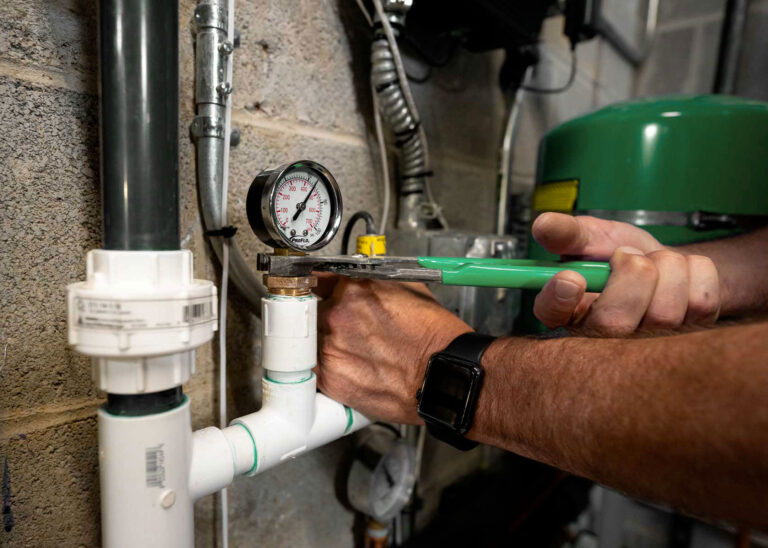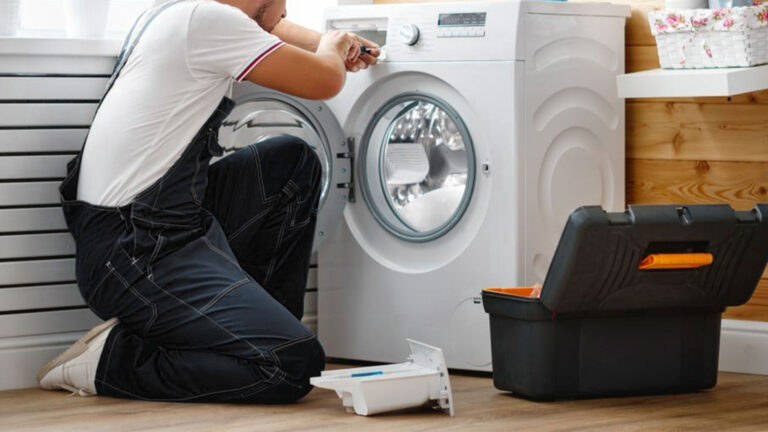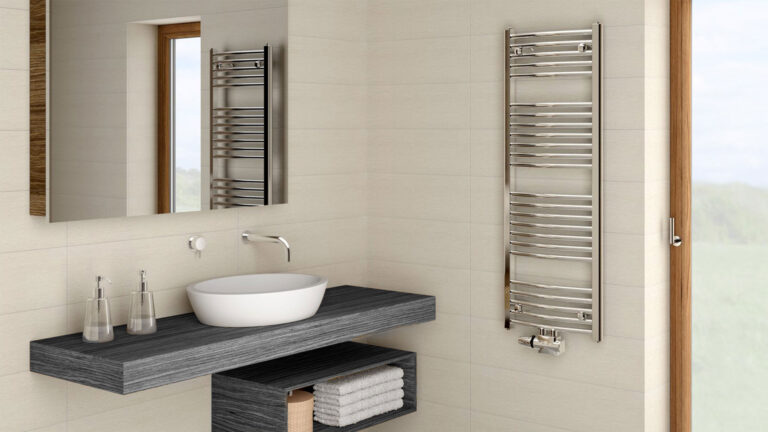How to Fix Low Water Pressure in Your Home?
Are you experiencing water pressure issues at home? You’re not alone! Many households face this inconvenience, which can quickly become frustrating and disrupt your daily life.
So, how can you effectively resolve this problem? Follow our practical guide to better understand the causes and find suitable solutions to your water pressure issues.
Water Flow vs. Water Pressure: What’s the Difference?
While water flow and water pressure are closely related, they refer to two distinct concepts:
- Water Flow: This is the amount of water flowing through a pipe in a given period. It depends on the pipe diameter, water viscosity, and the pressure applied.
- Water Pressure: It represents the force with which water pushes against the walls of the pipe. Although related to flow, it also depends on the height of the water column and gravity. Excessive pressure can increase the flow but may also damage pipes.
Understanding this difference helps better diagnose issues in your water system and adapt solutions accordingly. Generally, a high flow is desirable for appliances requiring a lot of water (e.g., showers, dishwashers), while balanced pressure helps prevent leaks and pipe bursts.
Why Is the Water Pressure Low in Your Home?
Low water pressure can occur suddenly and result from various factors. Here are the main causes to explore to better understand your situation:
- Clogged Faucet Aerator
If the low pressure is only in specific areas, such as the kitchen sink, bathroom, or shower, a clogged aerator could be the culprit.
Solution:
- Unscrew the aerator located at the end of the faucet.
- Clean it with water and vinegar to dissolve deposits.
- Replace it with a new one if necessary.
- Main Water Connection Problem
A problem may arise between your home’s water supply network and the city’s system.
Warning Signs:
- Standing water, mud, or saturated soil near the connection point.
What to Do:
- Contact your local water service for a thorough inspection.
- Water Pressure Concentrated Elsewhere in the House
Sometimes water pressure may be fine in some areas and low in others.
Possible Causes:
- A bypass valve regulating pressure in different parts of the home.
- A faucet left open in a less frequented area, such as the garden.
- Damaged or Broken Water Line
A broken water line can cause significant damage, including mold formation.
How to Check:
- Thoroughly inspect areas where water pipes run, such as walls, floors, closets, laundry rooms, and garages.
- Turn off all faucets and check the water meter.
- If the meter is still running, this indicates an active leak.
- Shut off the main valve and call a professional plumber.
- Mineral Deposits in Water Pipes
Pipes can gradually become clogged due to the accumulation of mineral deposits, especially in galvanized piping. These deposits reduce the internal diameter of the pipes, lowering water pressure.
Solution:
- A thorough cleaning by a professional is recommended to avoid damaging the pipes.
- Low Hot Water Pressure
If the water pressure is low only when using hot water, it may indicate a malfunction of the water heater or boiler.
What to Check:
- Thermostat settings
- Hot water supply pipes
- Safety valves

How to Restore Optimal Water Pressure?
To increase water pressure in your home:
- Regularly clean faucet aerators and filters.
- Ensure all valves are fully open.
- Consider installing a pressure reducer or a booster pump, depending on the diagnosis.
When to Call a Professional?
If, despite your efforts, the low pressure persists, or if you suspect a hidden leak, it is best to consult an experienced plumber.
A professional can:
- Accurately identify the cause of the problem.
- Make necessary repairs.
- Advise you on potential improvements to your plumbing system.
Conclusion
Don’t let low water pressure ruin your daily comfort. Act quickly to prevent more significant damage and maintain an efficient water system in your home!







